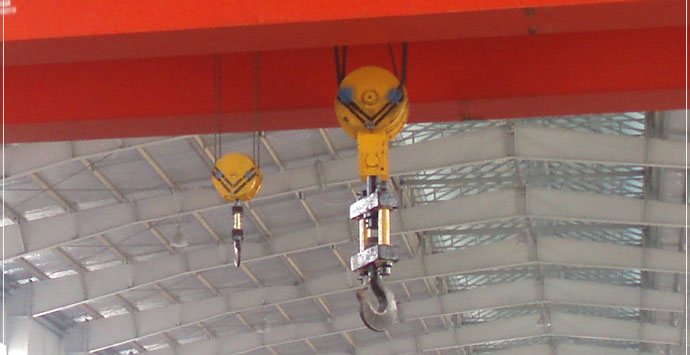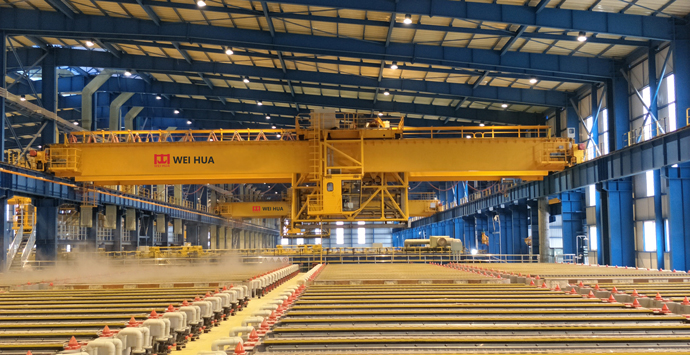When it comes to overhead cranes, one of the most critical components is the crane hook. The overhead crane hook specification determines the load handling capability, 安全性, and efficiency of the entire lifting system. このブログでは, we’ll explore the essential specifications, 種類, standards, and selection tips for オーバーヘッドクレーンフック to help you make an informed decision.
An overhead crane hook is a device used to attach and lift loads during crane operation. It connects the load to the crane via slings, チェーン, または昇降装置. The hook must be designed and manufactured according to precise engineering standards to handle the required capacity safely.

1. 負荷容量
The most important specification.
Indicates the maximum weight the hook can safely lift.
Must match or exceed the rated capacity of the crane system.
2. フックタイプ
シングルフック: Used for light to medium loads; economical and common.
クレーンダブルフック: Suitable for heavy-duty applications with better load balance.
Forged Hook: Strong and reliable; made from high-quality alloy steel.
Laminate Hook: Constructed from laminated steel plates; ideal for very heavy loads.
3. 材料
Usually made of high-tensile alloy steel for strength and fatigue resistance.
Heat-treated and forged to enhance durability and safety.
4. 喉の開口部
The distance between the tip and the back of the hook.
Must be checked regularly for deformation or wear.
5. Hook Dimensions
Common dimensions include:
Eye diameter
Neck width
Overall height and width
Radius of curvature
These dimensions must comply with standards like DIN, ISO, ASME B30.10, or other regional regulations.
6. 安全ラッチ
A safety feature to prevent accidental load release.
Mandatory in most industrial settings.
7. 回転能力
Some hooks are designed to rotate 360° to help position loads more precisely.

To ensure safety and compliance, overhead crane hooks should follow international or national standards such as:
ASME B30.10 – Safety standards for hooks.
から 15401 / から 15402 – German standards for crane hook designs.
ISO 7597 – Standard for lifting hooks.
These standards specify material, load limits, inspection intervals, and manufacturing tolerances.

Determine Load Requirements: Know the maximum weight and type of loads.
Check Crane Compatibility: Ensure the hook matches the crane’s lifting mechanism.
Consider Application Environment: Heat-resistant or corrosion-resistant hooks may be needed in foundries or chemical plants.
Verify Standards Compliance: Always choose hooks certified by recognized safety bodies.
Understanding overhead crane hook specifications is crucial for maintaining a safe and efficient lifting operation. From load capacity and material to standards compliance and safety features, each detail plays a vital role in performance. Always consult with a professional manufacturer or engineer when selecting crane hooks for your system.
私たちはあなたのフィードバックを大切にします! あなたの特定のニーズに合わせてサービスを調整できるように、以下のフォームに記入してください.

最新のコメント